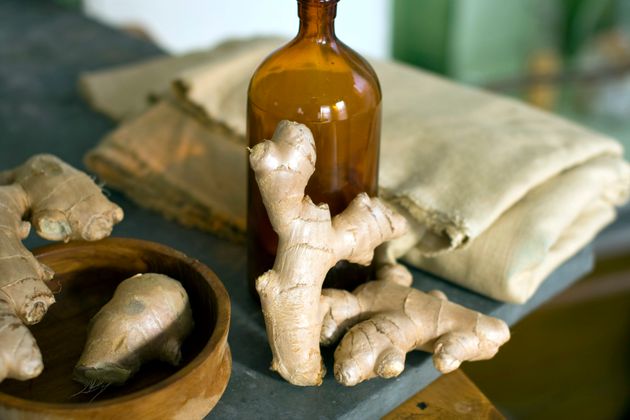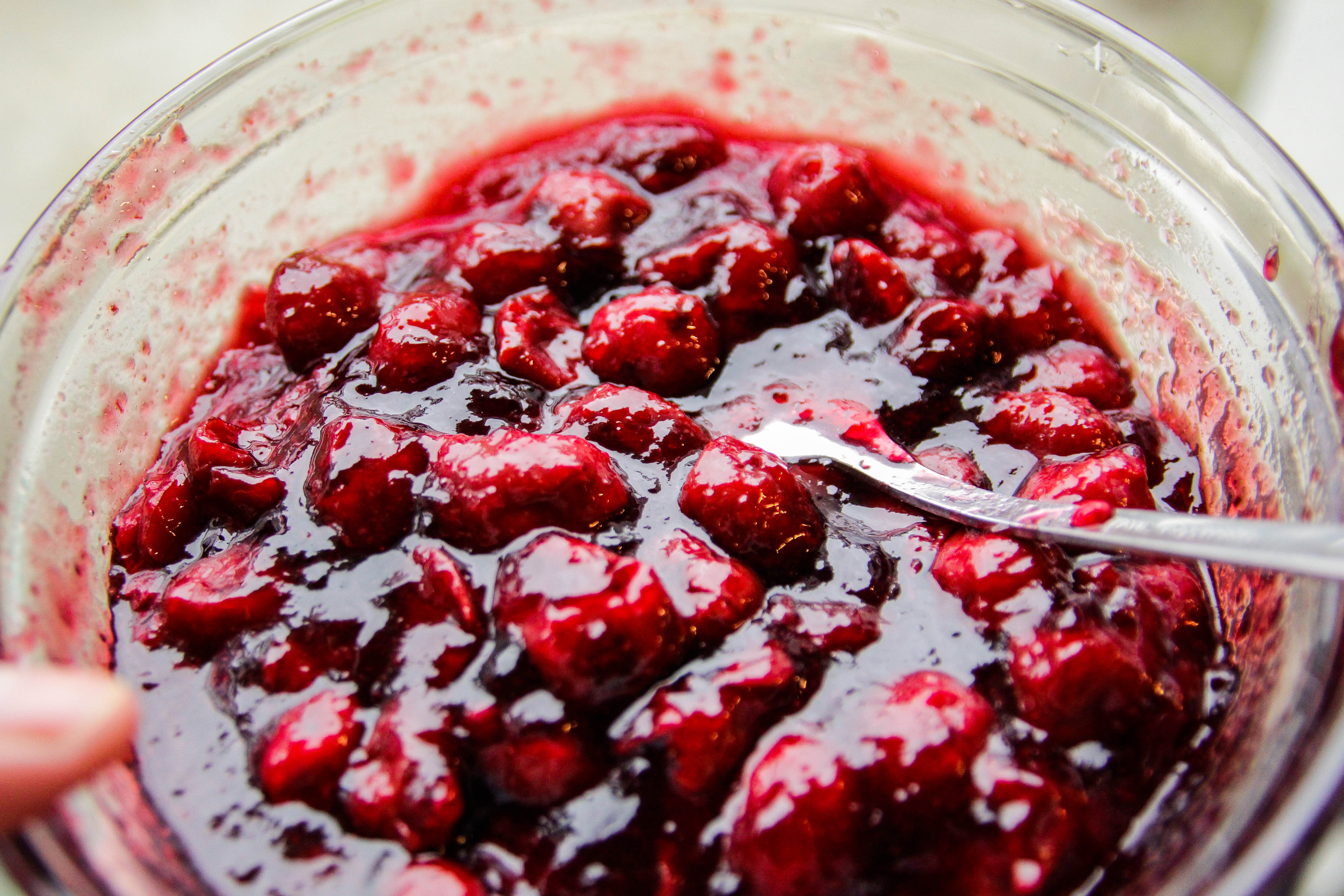
Even though my favourite alcoholic beer is actually ginger-flavoured ― and though ginger wine has turned a bit trendy in recent years ― I’ve always wondered why completely child-safe fizzy ginger gets called “beer.”
After all, we don’t call lemonade “citrus ale” or cola “caramel shandy.”
So what’s going on with the name choice?
It’s all to do with history
Town & Country Magazine shared that the traditional version was invented in mid-1800s England.
It was fermented, and was often 11% alcohol ― that qualifies it for the “beer” title, if you ask us.
Brittanica’s online encyclopedia explains this original recipe was “made by fermenting a mixture of ginger, water, sugar, cream of tartar, and yeast. Lemon peel and juice or citric acid may also be added.”
The name simply stuck, it seems.
Traditionally-made ginger beer will use fermentation, making it less fizzy than ginger ale; but nowadays, food site The Kitchn says, “Some ginger beers are brewed with champagne yeast, and some are finished with forced carbonation.”
Therefore non-alcoholic ginger beer can still have about 0.05% booze, a bit like kombucha.
But those are pretty rare craft products: some modern ginger beers are simply carbonated, like ginger ale (which was almost never alcoholic).
Ginger beer’s cloudiness or clarity is determined by its filtering process.
Anything else?
According to Tayport Distillery, ginger beer and ginger ale were both popular during America’s Prohibition because they were good at masking the smell of alcohol.
“This clandestine use further cemented ginger ale’s place in mixology history,” they add.
The distillery says ginger ale, which was not usually fermented, was possibly invented in Ireland and made its way to Canada in the 1900s to huge success.


